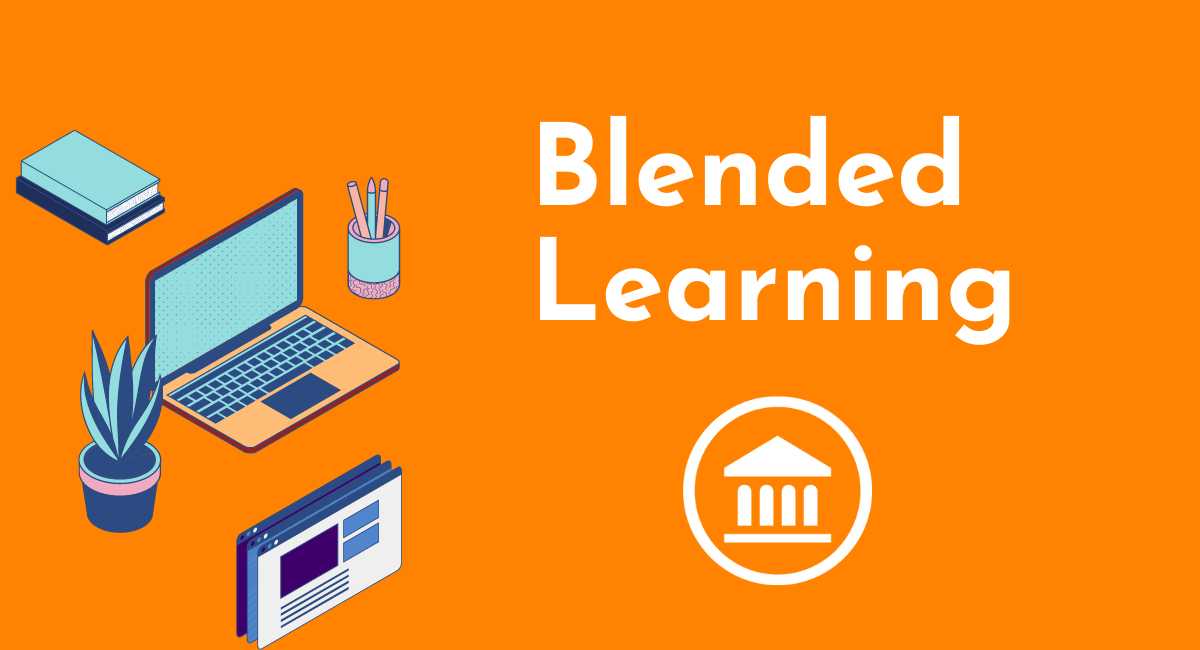Mother tongue usually refers to a person’s native language that they speak at home and have been speaking ever since childhood. Integrating Mother tongue in education refers to using it as a medium to instruction to teach students. When children develop their mother tongue, they simultaneously develop essential skills like critical thinking and literacy skills. According to various researches, any skills and concepts learned in the learner’s home language don’t have to be re-taught when they transfer to a second language. Such skills are hard to directly teach in the second language. Therefore, it is important to start teaching young children in their mother tongue and later move to a second language. According to Jim Cummins, children who develop skills in two or three languages have deeper understanding of how to form sentences. However, if children learn only their mother tongue and don’t acquire any other tongue have difficulty communicating and perceiving things.
Children with a mother tongue find it easier to pick other languages because they already understand the base structure of sentences and have basic literacy skills in that language.
There are many benefits of teaching children in their mother tongue:
· Mother tongue makes it easier for children to learn other languages.
· Teaching in mother tongue helps children develop children’s sense of belonging as it gives value to a child’s personal, social and cultural identity.
· Using mother tongue to teach a second language helps children develop their critical thinking and literacy skills.
· Skills learned in mother tongue during early childhood do not have to be re-taught when children transfer to a second language.
· Children learning in their mother tongue feel belonged and comfortable in the school environment.
· Teaching in mother tongue at school helps increase parent-child interaction increases as the parents can assist their children with homework and participate in their education.






















